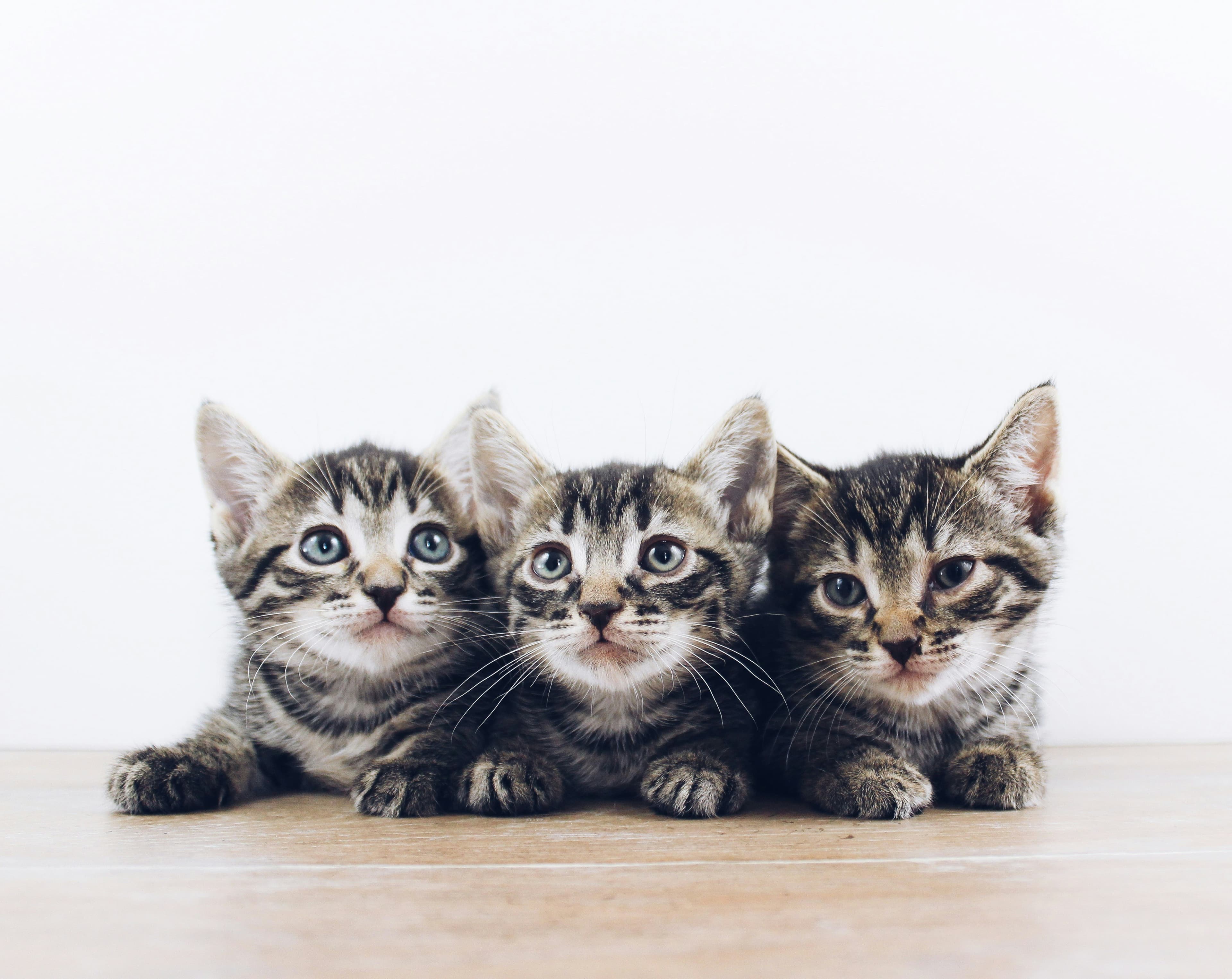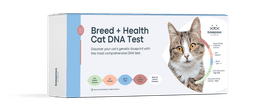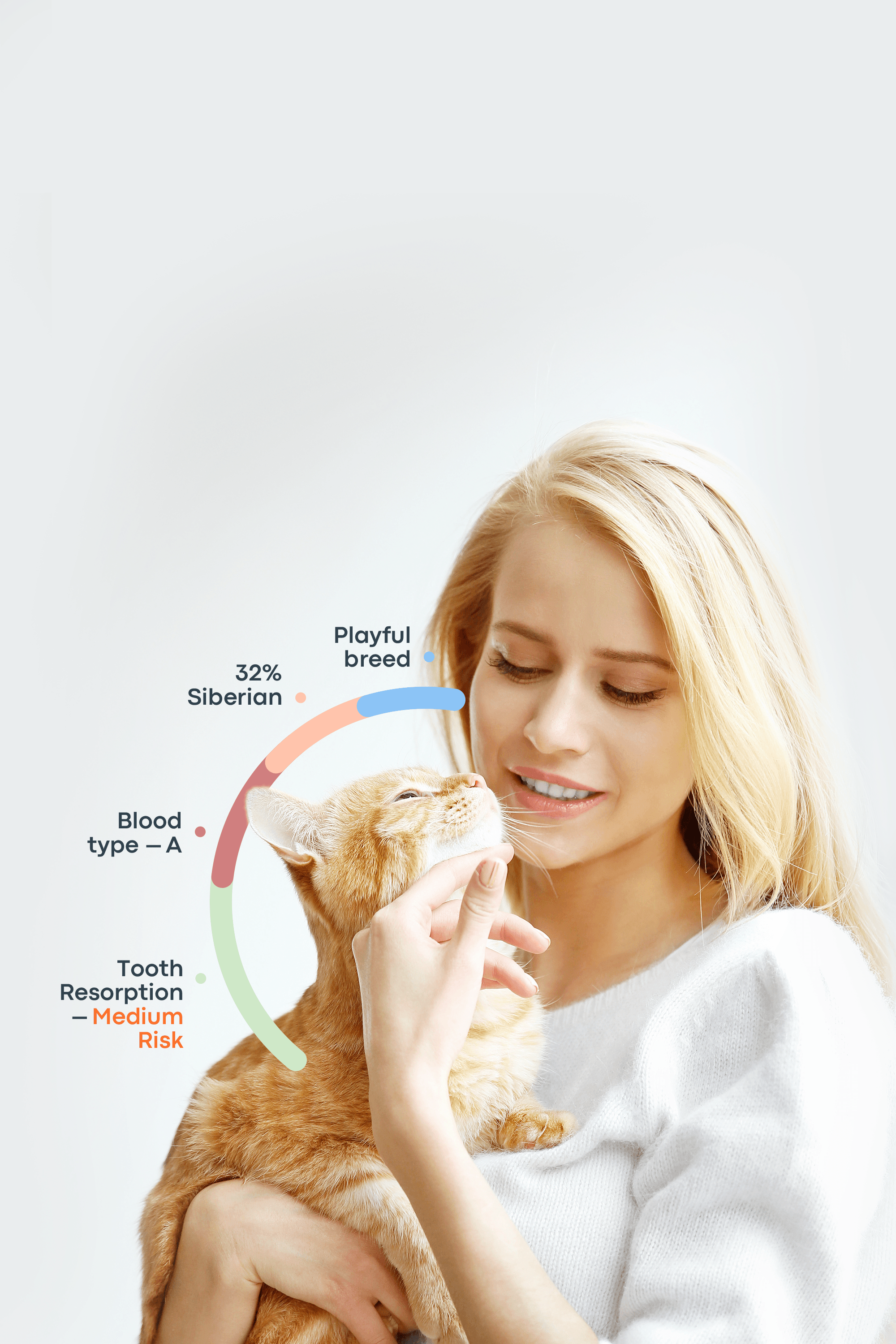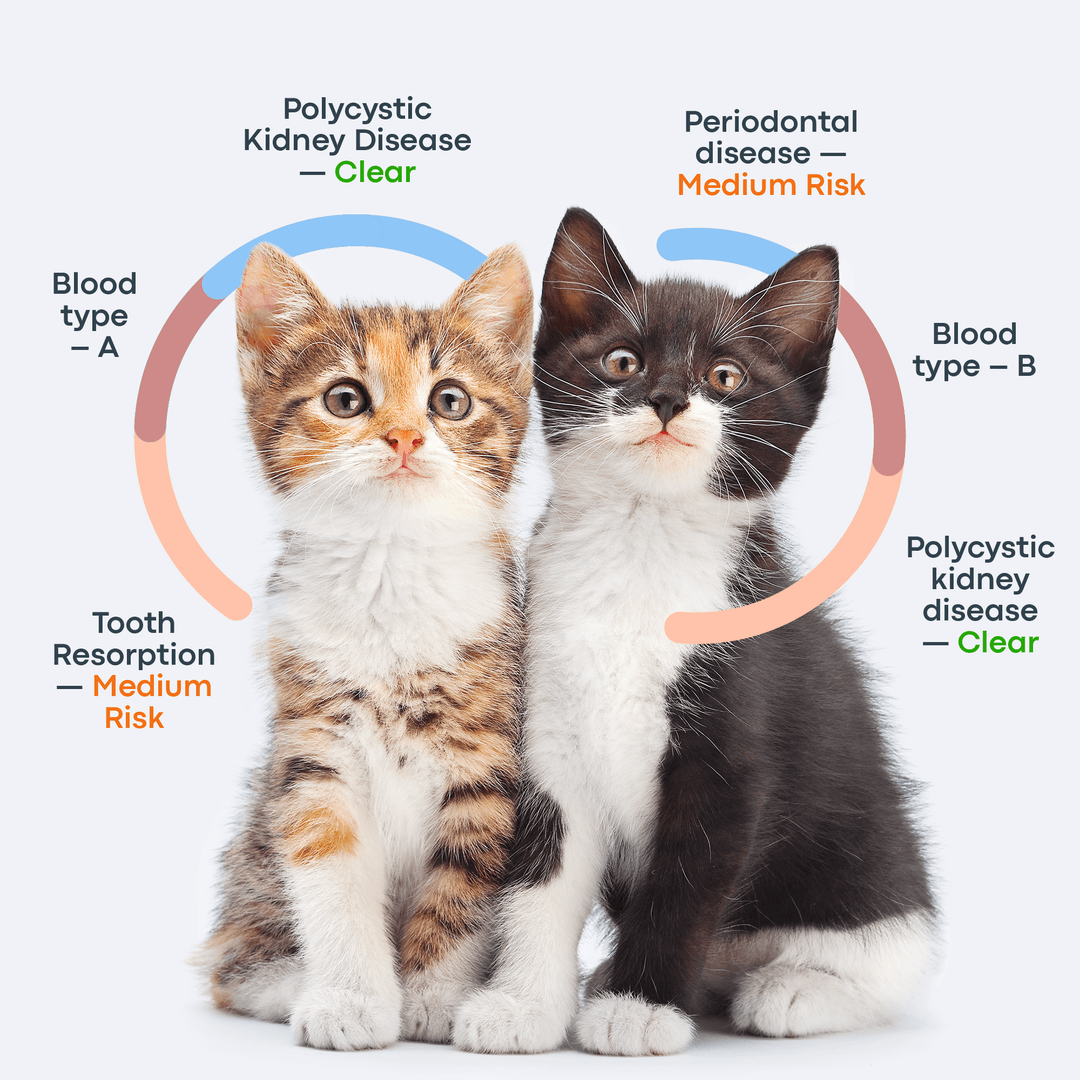As a feline parent, you are overcome with awe when your cat is pregnant, and you will be naturally curious about how many kittens you should be expecting since cats often give birth to many kittens at once. Hence, the question “How many kittens are in a litter?” Pregnant cats can give birth to four to six kittens after their two-month gestation period, and a queen can have up to four litters of kittens in a year.
What Is a Kitten Season?
As the name suggests, the kitten season spans from March to October, when cats go into heat and are most likely to give birth to a large litter of kittens. As interesting as it may sound, this time of year is not favorable for animal shelters because unspayed stray pregnant cats have a lot of kittens, generating a spike in the number of kittens in shelters.
Typical Litter Sizes for Cats
The number of kittens a cat can have in a litter depends on several factors, such as breed, age, and overall health. A cat's average number of kittens is four to six per litter. However, this number can be small or large, depending on various circumstances. For first-time mothers, they typically have fewer kittens, while those with more experience may produce larger litters.
How Many Kittens Can a 1-Year Cat Old Have?
A cat this age can have an average cat litter size of three to four kittens, as young cats do. For your cat's safety, vets recommend that you spay your queen to ensure she does not have so many litters, which can be detrimental to her health.
How Many Litters Can Cats Have Per Year?
According to PetMD, the cat's gestation cycle is officially two months, meaning your queen can have more than one litter yearly. A cat may have up to four kitten litters in a year, but your vet may advise that they have no more than two litters to allow your cat adequate time to recover.
Factors That Affect Litter Size
Although there is no definitive way to determine how many kittens your queen will bear, some factors may influence the number of babies your feline buddy will have.
Mother's Age and Health
A first-time queen may have up to three kittens, but subsequent litters may be bigger - in general, younger cats have fewer litters than older cats. The queen's health is critical in determining the number of kittens because if your queen is underweight she will bear more stillborn kittens than surviving ones.
Nutrition and Stress
Proper nutrition is crucial for a pregnant cat to support her health and her kittens' growth. Pregnant queens need a calorie-dense diet, often including kitten food, which provides the extra nutrients required for fetal development. Frequent small meals throughout the day help ensure steady energy levels and optimal nourishment. Additionally, stress can negatively impact pregnancy, potentially leading to smaller litters or complications. Providing a calm, quiet environment with minimal disruptions helps the queen feel secure, promoting a healthy pregnancy.
Breed
Some cat breeds are more prone to produce kittens than others. Notable instances are the Siamese and related breeds, which have bigger litter sizes than the others, and the Persian breed, which has smaller litter sizes than the other cat breeds. There are some breeds, such as the tailless Manx, where one to four of its kittens do not survive.
Health Problems
Health conditions such as feline infectious peritonitis (FIP) can reduce a queen's fertility and capacity to give birth to a large number of kittens. To help prevent this risk, reduce stress, maintain a clean environment, and reduce exposure to infected cats.
Meanwhile, the Feline panleukopenia virus (FPV) can cause stillbirths or even abortion of the litters if the queen is infected early in her pregnancy. Ensure your cat is vaccinated before breeding to reduce the risk of getting FPV.
According to an article written by Zoetis, late pregnancy infection in the queen can harm kitten brain development, causing movement difficulties and cerebellar hypoplasia. Regular vet check-ups and deworming help prevent conditions that could impact the queen's and her kittens' health.
Breeding Frequency
Queens have induced ovulation, meaning they do not ovulate unless they mate. This affects the number of litters because the more the cat mates, the higher the chances of having more litters— these kittens can be from different fathers if the queen mates with other male cats.
How Can You Tell How Many Kittens Your Cat Is Having?
There are several ways to tell how many kittens your cat has, and veterinarians use them at certain times.
From around day 20, abdominal palpation is used. A vet can sometimes feel the number of kittens by gently pressing the cat's abdomen. However, this method may not always be accurate and, as a result, may not detect all kittens.
At around day 30, an ultrasound can confirm pregnancy. It will show the developing kittens but may not provide the accurate amount.
X-rays, on the other hand, can be performed after day 45. This is the most reliable method for telling how many kittens the queen has. It shows their skeletal structures. However, this may still be difficult to count accurately in large litters.
What Is the Largest Litter of Kittens?
A queen can have an average of four to six kittens in a litter, but it does not mean the number can’t be higher. The largest litter of kittens ever recorded is 19 kittens by a Burmese/Siamese cat in 1970, although four were stillborn. So your queen may exceed your expectations.
Pregnancy Care Tips
To ensure a smooth pregnancy and birth, follow these essential care tips:
Provide a high-calorie diet: Nutrient-rich food, particularly kitten food, can help support the queen and her litter.
Establish a feeding routine: Often, pregnant cats have increased energy demands. To meet them, offer small, frequent meals.
Create a safe birthing space: Prepare a quiet, warm, private area with soft bedding. This should make the queen feel comfortable.
Recognize signs of labor: Some signs include restlessness, nesting behavior, and reduced appetite.
Know when to call a vet: Sometimes you need to call the vet, especially when the labor lasts more than a day, if it takes more than two hours between kittens, or if your cat appears distressed or weak.
Watch for complications: Always call the vet for anything that seems abnormal or unusual. You can monitor for signs of infection, excessive bleeding, and prolonged labor.
You can support your cat through proper care, medical attention, and nutrition throughout pregnancy and birth.
Conclusion
The number of kittens your cat may be expecting may vary according to her breed and health status. For your queens' safety, visit a vet to spay them to control the number of litters they can give birth to and check their reproductive health to avoid infections.
Frequently Asked Questions
Why is it called a cat litter?
Cats give birth to their kittens at once in one bed, hence the name cat litter.
What is a litter of kittens called?
A litter of kittens is also called a kindle.
How many kittens are in a litter?
An average of four to six kittens are in a litter.
Can a litter of kittens have more than one father?
Yes, they can.



